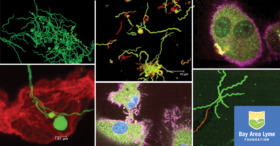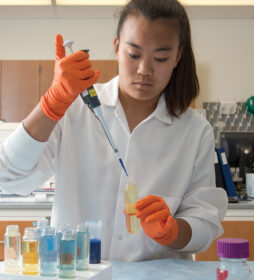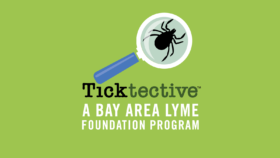FOR IMMEDIATE RELEASE
Bay Area Lyme Foundation Funds $8M in Tick-borne Disease Research During the Pandemic
Foundation Embraces National Focus on Infectious Diseases as Education Tool
PORTOLA VALLEY, CA, January 25, 2021—Bay Area Lyme Foundation, a leading sponsor of Lyme disease research in the US, today announced that the organization has raised more than $8 million since the beginning of the pandemic of which 100% will be used directly for research and education programs focused on achieving its mission of making Lyme disease easy to diagnose and simple to cure. In 2022, Bay Area Lyme will mark its 10th anniversary, and throughout this year will be reflecting on a decade of achievements by the foundation and the Lyme community while acknowledging the significant challenges that still lie ahead.
“Although the pandemic presented us with many extraordinary hurdles, it also helped people understand the complicated aspects of infectious diseases—including the importance of accurate diagnostics, the role of antibodies, and the power of effective treatments—all of which are—and continue to be—huge factors in our fight against Lyme and tick-borne diseases,” said Linda Giampa, executive director, Bay Area Lyme Foundation. “The similarities between Lyme and COVID-19 clearly show the critical nature of scientific pursuit, progress and education. The foundation demonstrates consistent, measurable progress unlocking the mysteries of tick-borne diseases, which remain one of the most important health crises of our time.”





